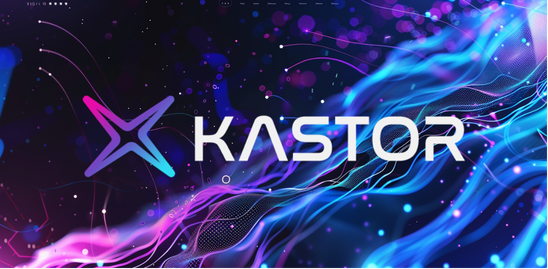Demo: Predictive Maintenance Model on GCP

Overview
This demo project showcases how manufacturers can optimize operations and reduce costs using data science and machine learning. The demonstration leverages the AI4I 2020 Predictive Maintenance Dataset, a synthetic yet realistic resource that mirrors industrial scenarios.
Challenge
The primary challenge was to develop a predictive maintenance model that could accurately forecast machine failures, thereby enabling timely maintenance actions. The goal was to minimize downtime and extend the lifespan of manufacturing equipment, which is crucial for small and medium-sized businesses (SMBs) in competitive industrial sectors.
Solution
We leveraged the full suite of VertexAI's tools for this project.
- Google Cloud Storage (GCS): Used as the initial landing point for storing the AI4I 2020 Predictive Maintenance Dataset securely in the cloud, facilitating easy access and management of data.
- Vertex AI (Training Pipelines): Utilized for orchestrating the training of machine learning models on the cloud, allowing for the seamless transition from data to model training at scale.
- Vertex AI (Experiments): Employed for tracking and managing machine learning experiments, which is essential for organizing the hyperparameter tuning process and model development workflow.
- Vertex AI (Hyperparameter Tuning): Used to automatically find the optimal hyperparameters for the machine learning models, enhancing model performance by iterating over combinations of parameters.
- Vertex AI (Model Registry): A centralized repository for storing trained models, which simplifies versioning and maintaining a catalog of models for easy retrieval and deployment.
- Vertex AI (Online Prediction): Provides a managed service for deploying machine learning models into production, enabling real-time predictions with high availability and scalability.
We uploaded the data to GCS and used pandas profiling to understand our data's behavior quickly. This step revealed some imbalances and overlaps in the data, which we corrected by choosing the right features and balancing our data set for better predictions.

We started with a logistic regression model as a baseline. We used a basic logistic regression as a starting point to contextualize the performance of more complex models. We initially achieved a high accuracy rate. However, accuracy is not the sole metric to consider in a predictive maintenance context. Other metrics like ROC-AUC (Receiver Operating Characteristic - Area Under Curve), precision, and recall offer a more nuanced understanding of the model's performance. For instance, the test ROC-AUC score was 65.47%, indicating room for improvement in distinguishing between the positive and negative classes effectively.
We needed a model to better differentiate between normal operations and potential failures. We experimented with multiple models: XGBoost, SVM (SVC for classification), Random Forest, and AdaBoost. Each model brought unique strengths to the table. XGBoost excels in quickly identifying complex patterns. SVMs precisely distinguish between potential failures, which is crucial for accurate predictions. Random Forests offer reliable, generalizable insights by combining multiple decision trees, reducing error risk. AdaBoost improves prediction by adjusting to errors, enhancing overall forecast reliability for equipment health. We assessed each model for its strengths in addressing the specific challenges of predictive maintenance. Support Vector Classifier (SVC) was the most performant, with a 93% success rate in validation tests.

Results
The final model demonstrated a balanced performance, with a keen ability to predict different failure modes effectively. We registered the model using VertexAI to ensure easy management and scalability. We used the online prediction feature to deploy the model. Our predictive maintenance model on GCP showcased the significant potential for manufacturers to reduce maintenance-related expenses and prevent unplanned operational disruptions.

Conclusion
At Ruffin Galactic, we are committed to empowering SMBs with data-driven solutions that drive operational efficiency and cost savings. Our predictive maintenance model demonstration on GCP is a testament to our capability to deliver sophisticated analytics and machine learning solutions tailored to the unique needs of our clients. By harnessing the power of GCP, we provide businesses with the tools they need to embark on a digital transformation journey, ensuring they remain competitive in the changing business landscape.
Related Resources




